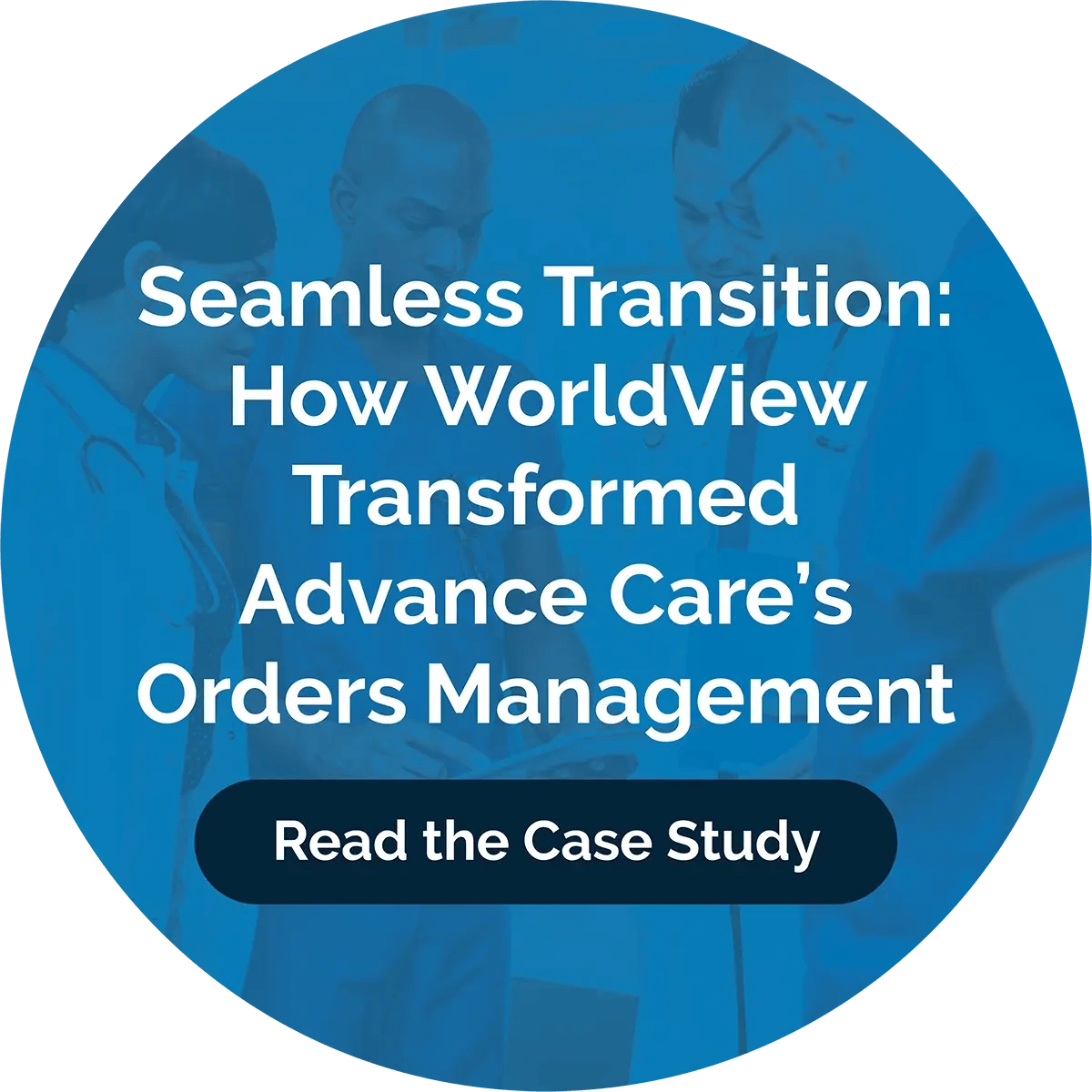5 Ways Businesses Can Benefit From Automating Vendor Information

Most businesses work with numerous vendors. In fact, according to BeyondTrust, the average business works with 182 vendors every week. Keeping track of hundreds of vendors can be challenging, particularly if done manually. That’s why companies need to automate their vendor information.
Automating new vendor information can enable businesses to streamline their processes and enhance their organizational efficiency.
Here are five ways businesses can benefit from automating vendor information.
1. Better Supplier Relationships
Many U.S. businesses fail to pay suppliers on time. According to a Hackett Group survey of 1,000 companies in the U.S., businesses take roughly 62 days to pay suppliers.
Often, companies don’t pay suppliers on time due to inefficient business processes, resulting in issues such as missed invoices, payment disputes, or incorrect information. When suppliers aren’t paid on time, it strains their cash flow, and they may become reluctant to continue doing business with companies that don’t settle their dues on time.
By automating new vendor information, businesses can ensure they pay their vendors on time, don’t miss any invoices, and enhance their supplier relationships.
2. Reduced Costs
Businesses that don’t pay suppliers on time typically incur late-payment fees. While incurring a fee on just one invoice may not be a big deal, late-payment penalties on hundreds of invoices can come at a hefty cost.
With an automated vendor system, businesses can make timely payments to suppliers and avoid late-payment fees. Moreover, by paying their suppliers on time, businesses may be able to negotiate better terms, thereby minimizing costs. Furthermore, suppliers may be more inclined to offer incentives to companies that make payments on time, such as free shipping, discounts on bulk orders, and more.
3. Improved Vendor Onboarding
Onboarding new vendors can be a tedious and time-consuming process, especially if done manually. In fact, the onboarding process can take up to 180 days at many large companies.
By automating the vendor onboarding process, businesses can easily capture critical information such as bank details, contact information, licenses and certifications, and more. Consequently, this enables companies to start working with new vendors faster and helps them avoid having to onboard the same vendors multiple times.
4. Enhanced Productivity
Many employees waste a lot of time performing repetitive manual tasks. According to a global Automation Anywhere study of more than 10,000 workers, office workers spend more than three hours a day performing manual tasks.
Automating vendor information can eliminate tedious manual processes and allow employees to focus on their core roles.
5. Minimized Risks
Managing vendors manually can expose businesses to risks, such as hefty penalties due to working with noncompliant suppliers.
Automating vendor information can reduce risks by:
- Ensuring all suppliers are compliant with government regulations
- Curbing unethical practices that could lead to losses, such as invoice fraud, with approval controls
- Consolidating all vendor information in one location to monitor activity and generate audits
Get Started With Vendor Automation
Automating new vendor information can improve supplier relationships, minimize costs, smoothen vendor onboarding, boost employee productivity, and reduce risks.
However, if you’re still unsure of whether automation is suitable for your business, schedule a free demo of Worldview’s automation solution to learn more about how it can address your needs.
Get Awesome Content Delivered Straight to Your Inbox!
Posts by topic
- Healthcare
- Business
- AI
- Hospice
- AP Workflows
- Home Care Management
- hospice-care
- General
- Industry Insights
- agency
- Blog
- Commercial
- reporting
- Data Analytics
- billing
- referrals
- News
- Referral AI
- business goals
- Operations
- business development
- partners
- Integration
- Healthcare Trends
- leadership
- Medicare
- Compliance
- audit
- medicaid
- Better Charting
- regulations
- Application
- Automation
- finance
- CRM
- DMSi
- Events
- KanTime
- Press Release
- Revenue Growth
- Announcements
- Artificial Intelligence
- EHR
- ESign
- Guides
- Homecare Homebase
- Mobile
- Physician Order Tracking
- axxess
- clinical
- interoperability
- payor See All See Less


.png?width=596&name=WV%20Hc%20Clinical%201%20Web%20(3).png)
.png?width=596&name=WV%20Hc%20Clinical%201%20Web%20(2).png)
.png?width=596&name=WV%20Hc%20Clinical%201%20Web%20(5).png)